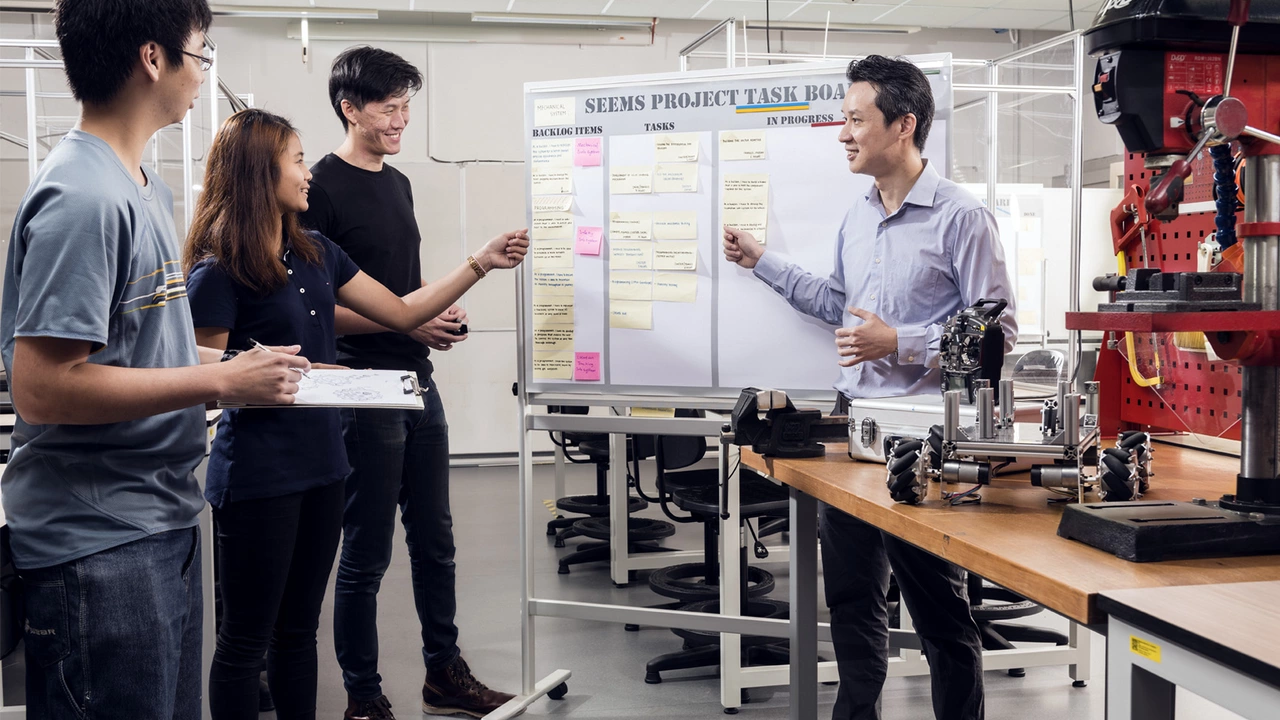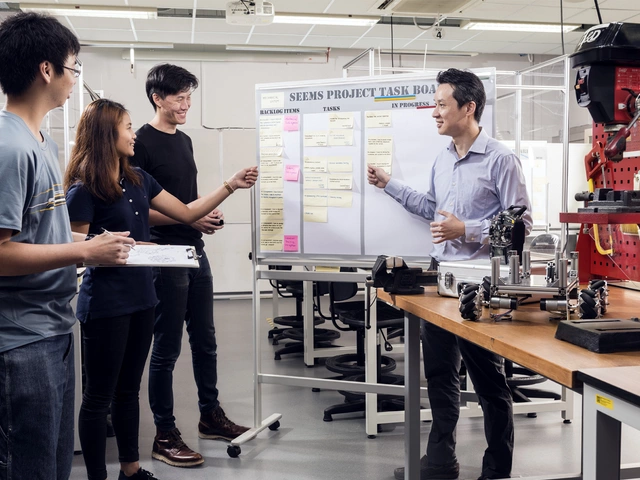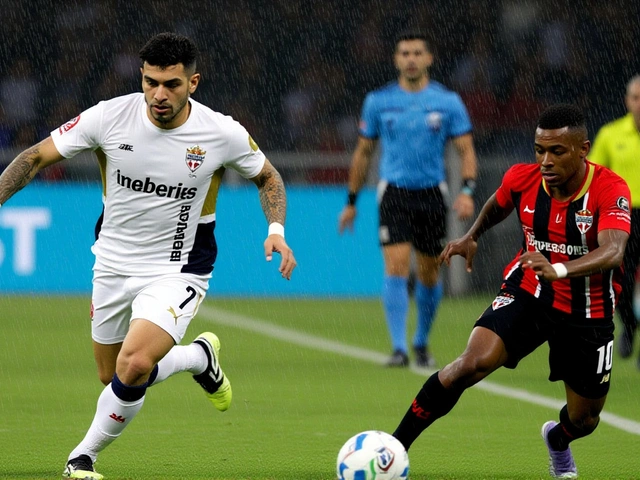Motorsport Education – Learn the Basics at Subaru Motorsport Hub
Got a curious mind about Subaru racing? You’re in the right place. Here we break down the biggest questions new fans and hobbyists ask, and give you clear steps to try things yourself.
DIY Projects and Hands‑On Learning
One of the fastest ways to feel the track is to build a racing simulator at home. All you need is a decent gaming PC, a wheel‑and‑pedal set, and a sturdy seat. Add a VR headset or a gear‑shift box if you want extra realism, but the basic setup works for most drills. Follow the simple wiring guide – plug the wheel into USB, connect the pedals, mount the seat, and you’re ready to practice laps without leaving the sofa.
If you’re into motorcycles, try understanding how a drag‑racing shifter works. The shifter pulls the clutch, lets the engine slip from the transmission, then you pick the next gear and release the clutch. Timing the throttle with the clutch makes the bike jump forward quickly. Practicing this on a less powerful bike first helps you get the feel without burning out.
Think you need a lot of cash to start a racing career? Not always. Begin with a local racing school – many offer weekend courses for a few hundred pounds. While you learn, look for odd jobs at the track: stewarding, pit‑crew help, or car prep. Those gigs give you contacts and a foot in the door. Use social media to share your progress, post videos of your lap times, and you might attract a small sponsor who likes to support grassroots talent.
Understanding Rules and Techniques
Homologation rules keep racing fair. The rule says any car that competes must also be a model you can buy at a dealership. That stops teams from building one‑off supercars that no one else can run. The side benefit? Tech from the track often ends up in the road cars you drive every day.
The racing line is another core concept. Picture a corner as a triangle: you enter wide, clip the apex (the innermost point), and exit wide again. Hitting that path lets you keep the tires on the ground longer and carry more speed. Practice by watching your lap telemetry or using a simulator that shows the optimal line. Small adjustments to where you brake and turn can shave tenths of a second off each lap.
Ever wondered why the top series is called "Formula 1"? The word "formula" refers to the set of technical rules each car must follow. "1" means it’s the highest tier, followed by Formula 2, Formula 3, and so on. Each step down relaxes some rules, making the cars cheaper and the competition more about driver skill.
Driver earnings vary a lot. A rookie might earn about $50,000 a year, mostly from the team’s salary. Big stars in Formula 1 can pull in $40 million plus endorsements. Sponsorship deals often boost a driver’s income more than the base salary, so building a strong personal brand matters.
All these topics—building gear, mastering lines, decoding rules—add up to real, useful knowledge. Use them to boost your confidence on the track, in the garage, or when you’re chatting with other fans. The more you learn, the more fun Subaru motorsport becomes.

Which is the best university in UK for Automotive engineering?
Revving your engines up for a career in automotive engineering, huh? Well, buckle up, because the University of Bath is where you should set your GPS! It's the Lewis Hamilton of UK universities for Automotive Engineering, consistently grabbing pole position in university rankings. With a pit crew of world-renowned faculty and cutting-edge facilities, you'll be lapping the competition in no time. So, if you've got the drive and the ambition, the University of Bath is your fast lane to success!
CONTINUE READING



